The home search can be one of the most exciting and overwhelming stages of the homebuying process, especially for first-time homebuyers. From location and price to structural concerns and potential red flags, there’s a lot to consider. Understanding what to look for when buying a house can help you avoid costly surprises and choose a home that fits your needs.
In this Redfin Real Estate article, we’ll highlight what to look for when buying a house so that you know what questions to ask as you begin the homebuying process. Whether you’re buying a home in Irvine, CA, or a house in Denver, CO, read on to find out the top features and red flags to consider along the way.
Key takeaways
- Before touring a home: price, location, size, HOAs, property taxes, and amenities.
- During a home tour: style, roof, windows, HVAC, appliances, plumbing, foundation
- Red flags: water damage, mold, pest issues, neglect, odors, noise levels

6 things to consider when buying a house
There are a variety of things to consider when looking for a home to buy – before you ever attend a home tour. Let’s explore them.
1) Price
One of the biggest mistakes a first-time homebuyer can make is getting attached to a home only to realize they can’t afford it. Get your budget in order before beginning your home search. First, determine your price range.
Then, narrow down cities and neighborhoods with homes that fall within your budget. A home affordability calculator can help you answer these questions and determine what home prices are reasonable for your finances and debts. You’ll also want to ensure you’re pre-approved with your mortgage lender.
2) Location
Location is the one thing you can’t change about your home, so choosing an area that fits your aesthetic, lifestyle, and budget is essential. Here are just some of the top things to consider about location:
Neighborhood: Visit at different times of day. Is the area quiet or noisy? Are homes well maintained? Are there signs of ongoing construction or heavy traffic?
Commute: Check your route to work, school, or the grocery store. Is there easy access to freeways or main roads? What’s traffic like during rush hour?
Public transit and walkability: Are bus, train, or tram lines nearby? Can you walk or bike to shops, parks, or restaurants? Check the home’s walk score to get a sense of how pedestrian-friendly the neighborhood is. If the area is car-dependent, consider whether that fits your lifestyle..
Distance to airport: Whether you travel frequently or once a year, it’s important to know how far the airport is from the neighborhoods you’re looking at. Can you take transit to the airport? How long is the drive there? How much does it cost to get a rideshare?
Convenience: Is the home in a convenient location for you? How long will it take you to run errands during the week? Consider how close it is to shops, restaurants, parks, gyms, and other places you frequent.
Flood risk: As flooding becomes more common, it’s crucial to understand if your home is in a flood zone. Homes in high-risk flood zones require flood insurance that is not typically included in homeowners insurance. They may also cost more upfront, depending on the flood risk.
School districts: Even if you don’t have children living in your home, school districts can impact the home’s value. Homes located in good school districts can often have a higher value when the time comes to sell.
Let your Redfin real estate agent know about your location priorities before starting to search. They may be able to suggest neighborhoods you’ve overlooked or let you know the pros and cons of an area where you’re searching.
3) Size
Chances are, one of the reasons you’re moving into a new home is for more space. So it’s important to determine how much space you really need. Here are some points to consider:
- Number of bedrooms
- Number of bathrooms
- Square footage
- Overall layout, like an open floor plan, one- or two-story
- If there’s a garage, attic, or basement space
- How much, if any, yard space
Knowing what points are most important can help you make the right decision when buying a house. You don’t want to invest in a home that doesn’t meet your needs.

4) Homeowners association (HOA)
If the property or home you’re looking for falls within a Homeowners Association (HOA), take the time to learn it. Ask about fees, the governing body, easements, and the covenants, conditions, and restrictions (CC&Rs). Don’t overlook any rules or regulations, as these can lead to fines or other penalties.
Some other common questions to ask an HOA are:
- How do I pay fees?
- What do the fees cover?
- What are the fines per violation?
- How are board members elected?
- What are your parking policies?
- Can I convert my garage?
- How tall can my fence be?
- Are there any dates I need to be aware of?
Be as thorough as possible and take notes to ensure you remember the HOA rules.
5) Property taxes
Property taxes can impact a home’s affordability as the taxes vary depending on the assessed value, location, and size of the property. Taxes are calculated by your local government, which means it can change if you’re looking at houses in neighboring counties.
Not all areas require property taxes and some have exemptions for specific individuals, so it’s important to know what you can anticipate paying each year. Keep in mind that real estate taxes and property taxes aren’t always the same — understanding the difference can help you budget more accurately.
6) Additional amenities
You’ll want to make a list of your needs and wants – knowing what to look for when buying a house is easier once you’ve decided what’s important to you. Say you’re searching for a home with a pool. Maybe you’ve found a great community with an HOA and a community pool instead.
Do you need lots of yard space to entertain? Or are you looking for a smaller yard, but a bigger home? Consider what you are willing to compromise on when looking for a home versus what’s a deal-breaker. Clarifying your priorities early will help you stay focused on what to look for when buying a house — especially in competitive markets.
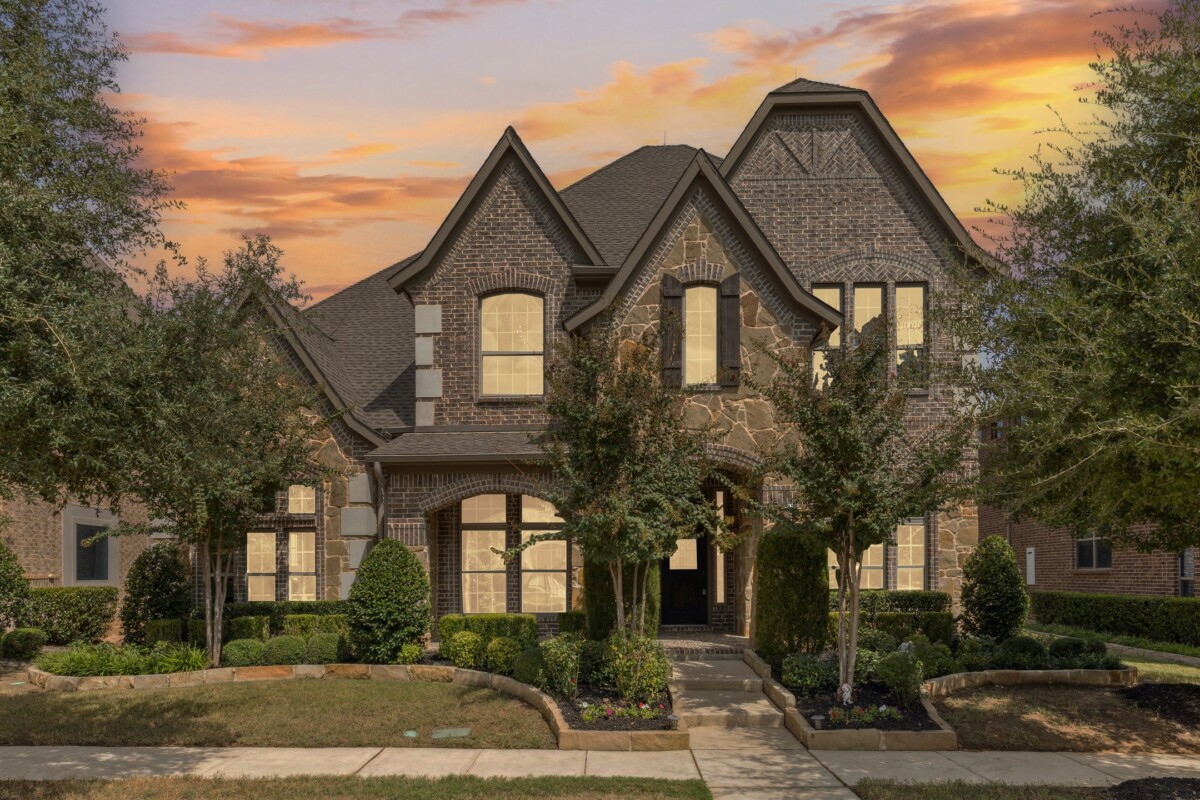
7 features to look at when buying a house
After you’ve determined your budget and preferred location, there are features you’ll want to look at while touring homes. Here’s what to look for:
1) Style
The type and style of home you’re looking for can change your budget, location, and more. For some homebuyers, the house style is a dealbreaker. Consider if you’re looking for a condo, townhouse, or single-family home. In general, single-family homes offer more unique styles, like Mediterranean and Victorian. However, you may be able to find some townhomes in different styles, like modern or craftsman.
2) Roof
The roof is an essential part of any home – which means it can be expensive to repair, and signs of damage aren’t always obvious. A home inspector may be able to check the roof, but there are still several questions you can ask when checking out a home.
- What year was the roof last replaced?
- What type of materials were used (asphalt shingles, clay tile, metal, etc.)?
- Is there a transferable roof warranty?
- Are there signs of damage: missing shingles, curling edges, or discoloration?
- Do ceilings inside show water stains, sagging, or yellowing?
Don’t hesitate to get a separate roof inspection if the seller doesn’t have a recent certification letter or disclosure.
3) Windows
Windows are major features that can give you an idea about the home’s condition and energy efficiency. Check to see if the frames are even or if they look lopsided. Lopsided frames can indicate issues with the foundation or poor installation. Feel for drafts or if the area feels particularly cold or hot. Drafts can increase your energy costs or indicate that the windows aren’t well-insulated.
Be sure to ask what type of windows are installed in the home. Are they single, double, or triple-pane windows? If you live in an area with extreme temperatures, the more insulation, the less you may have to pay in energy bills.
4) HVAC
HVAC is one of the most critical systems to evaluate when deciding what to look for when buying a house, as repairs can be expensive and disruptive.
Key questions to ask when evaluating a home’s HVAC system:
- What type of HVAC system does the home use (forced air, heat pump, radiant, etc.)?
- How old is the system? (Most systems last 10–15 years.)
- Are there visible signs of damage, rust, leaks, or poor installation?
- Are recent maintenance or service records available?
- What’s the primary heat source — gas, electric, oil?
- Does the home have central AC, ductless mini-splits, or window units?
- Are air filters easily accessible and clean?
You can also ask the seller for utility bills from past seasons to get an idea of efficiency. If the HVAC system looks outdated or improperly maintained, consider negotiating repairs or replacements before closing.
5) Appliances
Like HVAC, it’s important to know how old the appliances are and whether they’ve had service recently. Most appliances are expensive and some can take months to replace. Consider asking if the appliances are energy efficient and which ones come with the home. Sometimes sellers will take appliances with them when they move. Also, be sure to check the electrical outlets to make sure they’re in working condition.
6) Plumbing
A home’s plumbing system is one of the most expensive to repair — and one of the easiest to overlook during a casual walk-through. Here’s what to look for when inspecting plumbing:
- Water heater age and condition: Ask for the installation date (typically labeled on the unit). Look for corrosion, leaks, or strange noises.
- Water pressure and temperature: Run sinks and showers to check hot water access and overall pressure.
- Sewer line history: If the home is over 20 years old, ask whether the sewer lines have been inspected or replaced and consider having a sewer scope inspection. A sewer scope inspection may reveal clogs, tree root intrusions, or cracks — repairs that can cost thousands.
- Leak signs: Check under sinks and around toilets for dampness or discoloration. Stained walls or bubbling paint can also indicate hidden leaks.
- Drainage speed: Ensure that water drains smoothly from tubs and sinks — slow drains may indicate blockages or root infiltration.
Investing in a thorough plumbing inspection can help you avoid hidden issues that may not surface until after move-in.
7) Foundation
A home’s foundation can cost quite a lot to repair, so it’s a good idea to check the exterior for major signs of damage. Minor settling cracks are normal, but large cracks or uneven floors may signal structural problems.
Here’s what to look for:
- Wide or diagonal cracks in exterior or interior walls
- Doors and windows that stick or don’t align properly
- Uneven or sloping floors
- Gaps between walls and flooring or ceilings
- Bulging basement walls or sunken porches
In some extreme cases, you may be able to visually see that the home is sinking or uneven. If you suspect a problem, hire a structural engineer to assess the foundation before you proceed.
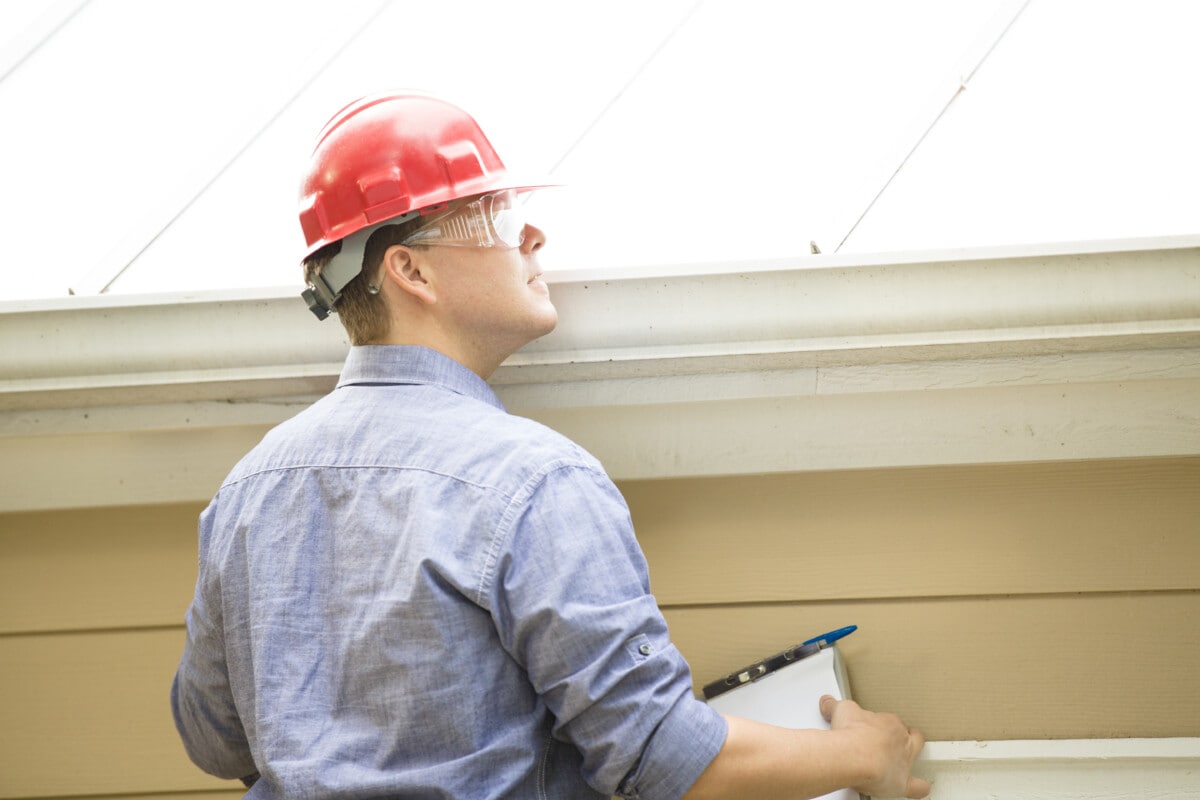
7 red flags to look for when buying a house
Once you understand what to look for when buying a house, it’s equally important to watch for potential red flags during your search. . As you begin your search, make a list of your deal-breakers and look out for the following red flags.
1) Water damage
A major red flag to look out for is signs of water damage. Water damage, if left untreated, can lead to rotting, structural damage, and mold growth. One way to tell if there’s water damage is if you smell a musty odor when walking through the home. However, many times water damage isn’t visible and can hide behind walls or under the floor. A home inspection is crucial to finding any damage. If there’s water damage in the home inspection report, then you can consider asking the sellers to repair the damage.
2) Mold
Like water damage, mold is another issue to keep an eye out for when looking at homes. Mold is a health hazard and can be costly to fix – sometimes thousands of dollars. Water damage can cause mold hiding behind walls, but you may also see black or gray spots in bathrooms, around sinks, water pipes, and in showers. Depending on the damage, it may be a good idea not to purchase the home.
3) Pest issues
Pests can be a problem in any region, but some areas are more prone than others. Having a pest or termite inspection can help identify any issues with pests on the property. If left untreated, pests can be a nuisance or cause damage to the home’s structure.
4) Signs of neglect
You can check for signs of neglected home maintenance when you’re touring a home. Clues like overgrown lawns, peeling paint, or leaky faucets may seem minor, but they can point to deeper issues.
Other red flags to watch for:
- Broken or outdated fixtures
- Moldy caulking around tubs or sinks
- Damaged baseboards
- Burned-out exterior lights
- Loose or missing handrails
If a homeowner isn’t taking care of small tasks, it’s possible that they’ve also neglected larger home maintenance projects.
5) Odors or overwhelming scents
Unpleasant odors and overwhelming fragrances can both be red flags when looking at a home. Smells like must and pets can be signs of home maintenance neglect. If you’re smelling overpowering scents like candles, diffusers, wax melts, and sprays can also be a red flag that the owners are trying to cover up odors. While some nice smells are normal and even encouraged during home tours, overpowering smells can be a bad sign.
6) Excessively loud neighbors or neighborhood
One major factor to consider when touring homes is the noise level. Loud neighbors or a noisy neighborhood can be a huge dealbreaker for many.
Here are some key questions to ask when evaluating neighborhood noise:
- Is the home near a major road, freeway, or intersection?
- How close is the nearest train line or station?
- Are there frequent overhead flights from a nearby airport?
- Can you hear dogs barking, loud music, or foot traffic from neighbors?
- What is the noise level like during rush hour, evenings, or weekends?
Consider driving by the area at different times of the day. For example, it could be quiet in the afternoon, but maybe it’s near a major road, so the mornings and evenings are filled with car noises. If the home is a condo or townhouse, consider touring the home when the neighbors are home to assess the noise level inside.
7) Cosmetic fixes hiding deeper issues
Some homes are staged beautifully — but surface-level upgrades can sometimes hide bigger problems. Here’s what to keep in mind:
- Fresh paint in odd spots: Could be concealing water stains, mold, or patched drywall cracks.
- New carpet or flooring: Ask why it was replaced. In some cases, sellers may be covering stains, warping, or prior water damage.
- Unusual smells and air fresheners: Excessive use of candles or plug-ins may be masking odors from mold, mildew, or pets.
When touring, look beyond cosmetics and examine what’s underneath. Consider opening cabinets, looking behind curtains, and gently pressing on walls or baseboards to detect soft spots.
At the end of the day, knowing what to look for when buying a home takes time and effort. There’s a lot to consider, but having a plan while touring homes and questions to ask can help you find the right place to call home.

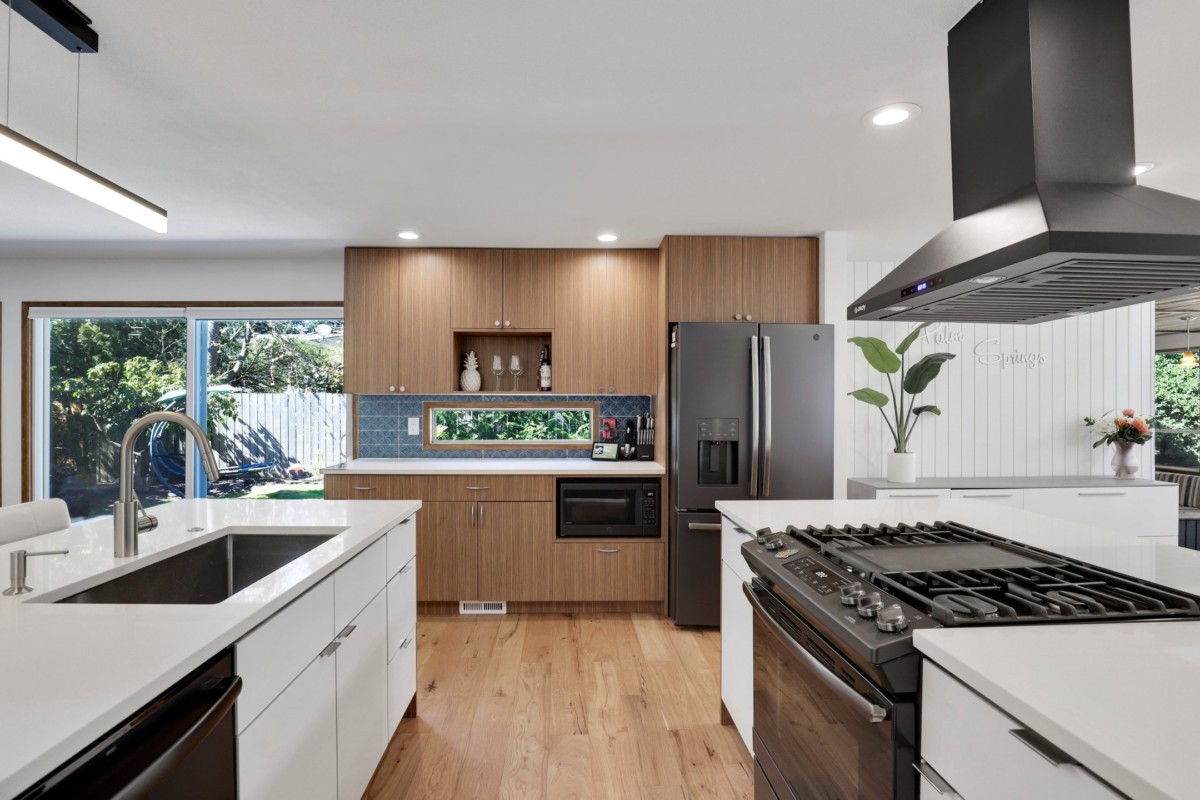



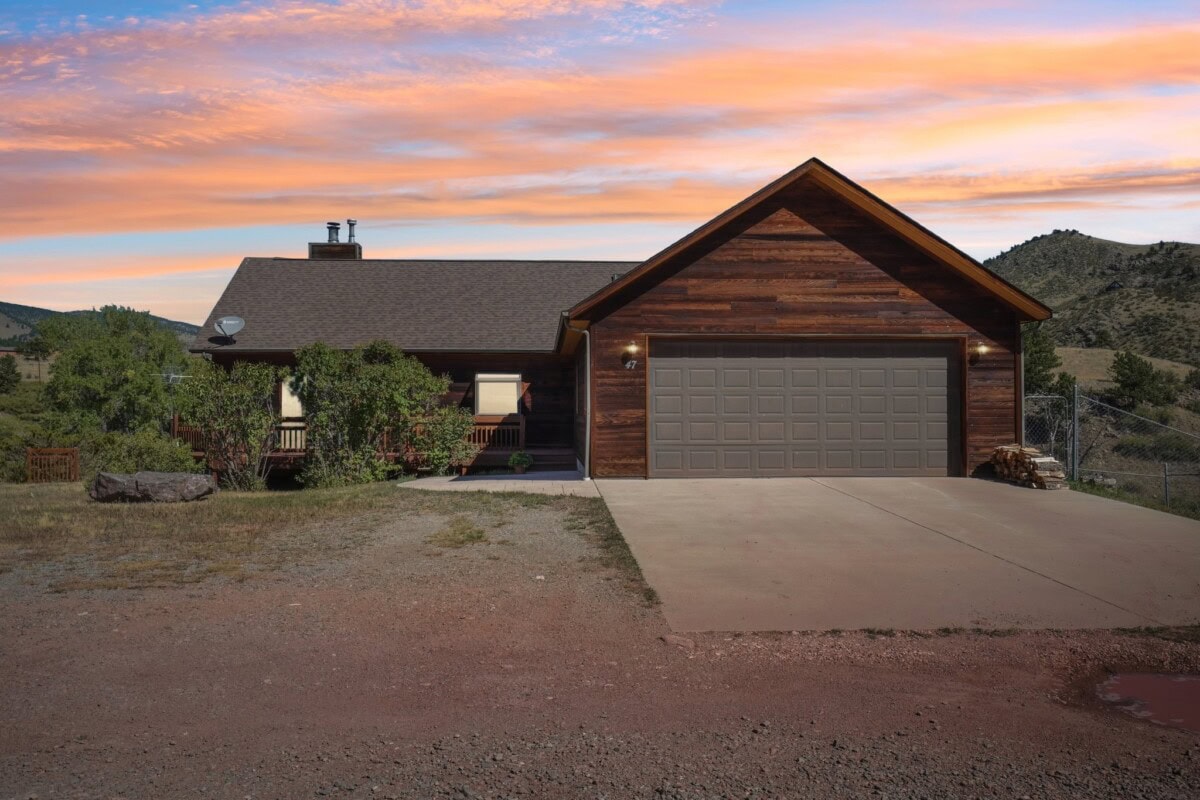


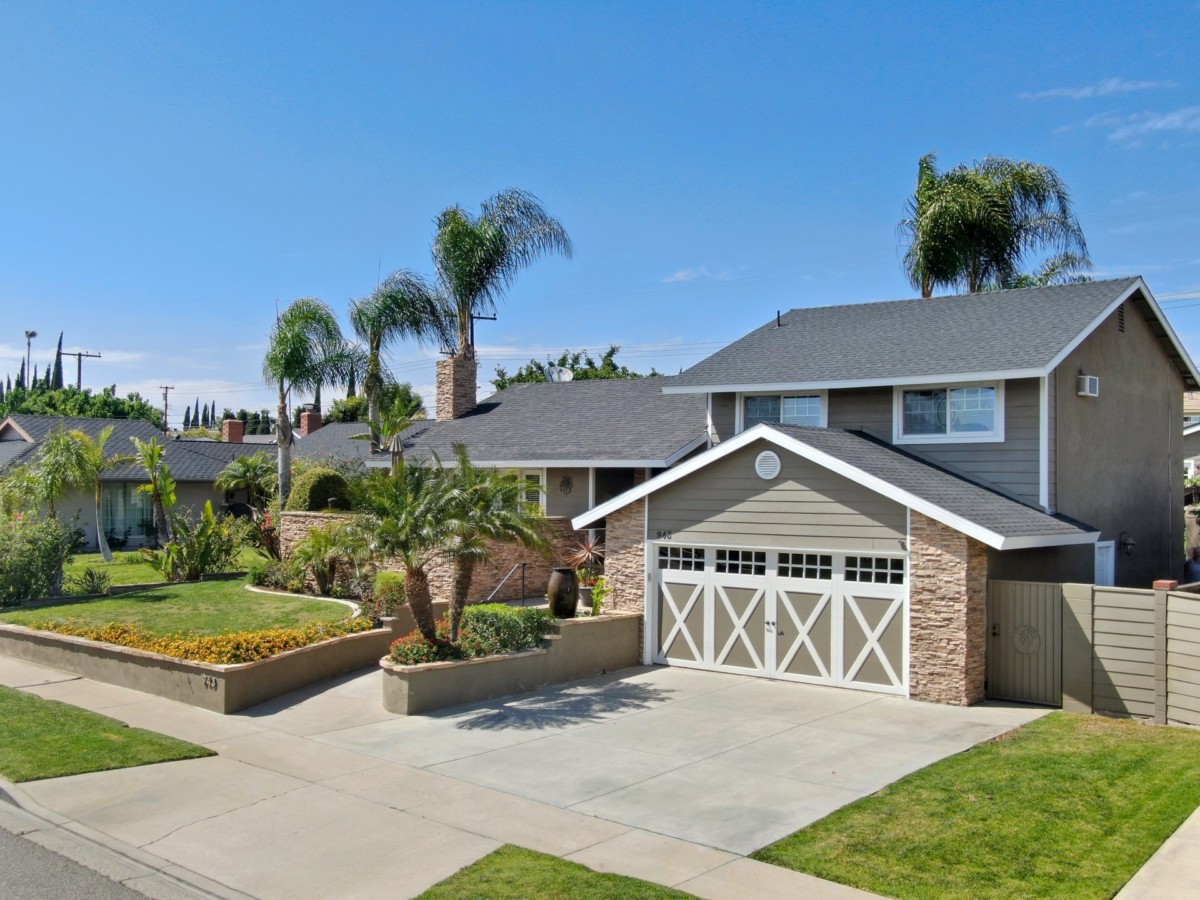







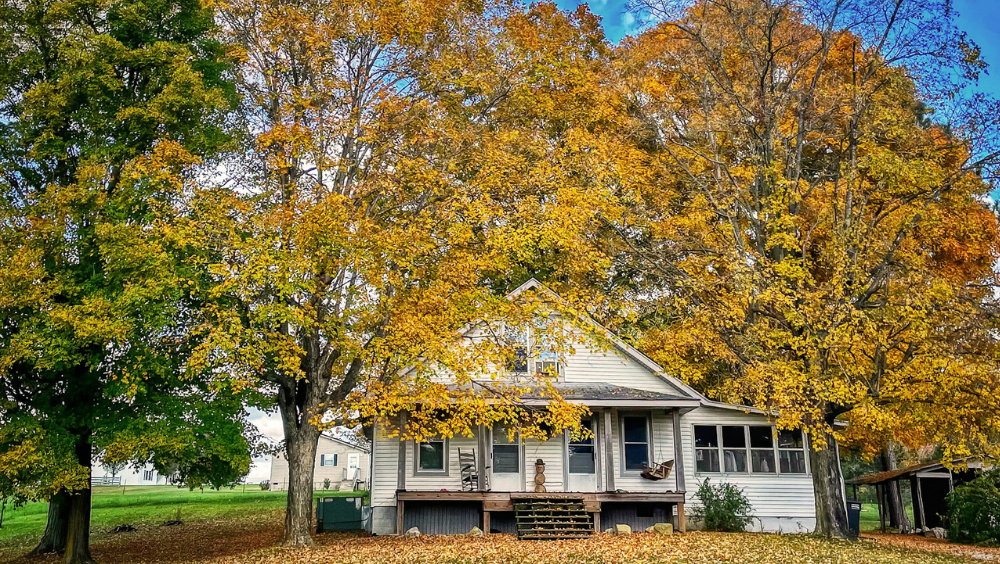

 English (US) ·
English (US) ·